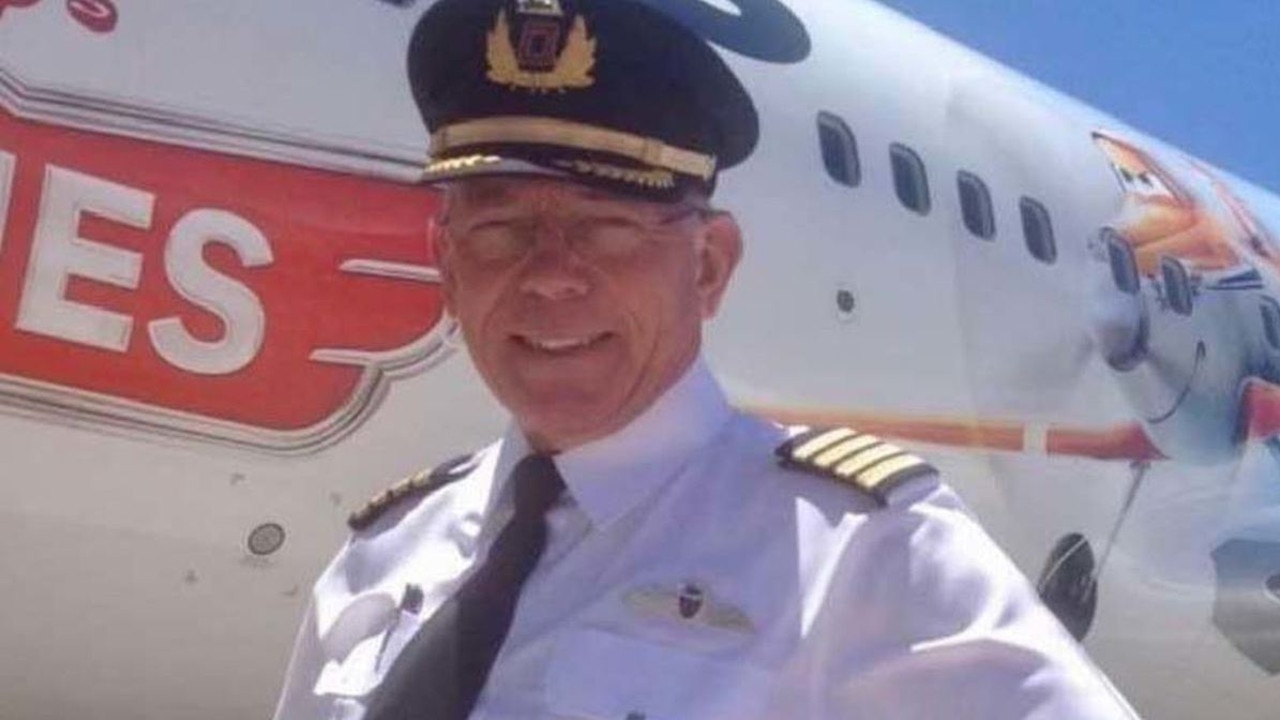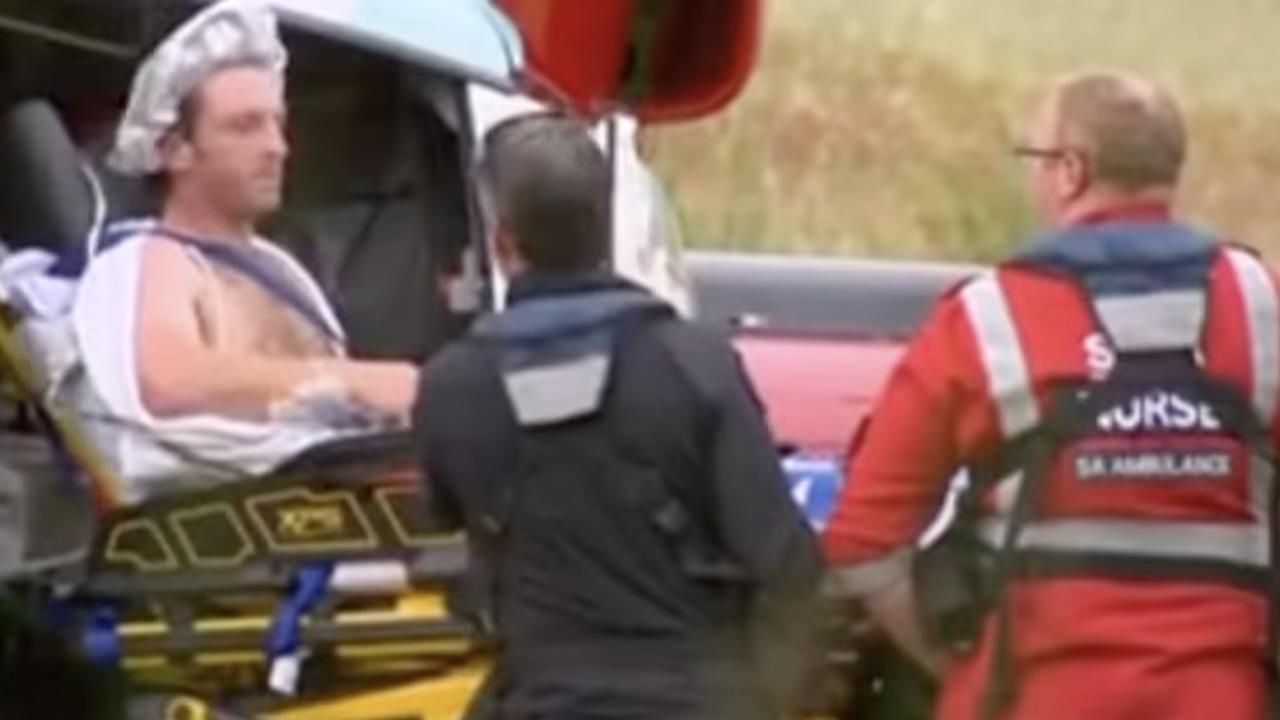Eleven deaths as ‘chaos’ unfolds on Everest in ‘zoo-like’ conditions
A British climber hoping to beat the crowds on Mount Everest has posted an eerie video in the days leading up to his tragic death.
Climbing Everest has never been sold as easy. It’s one of the deadliest mountain in the world.
But an influx of inexperienced mountaineers who receive permits from the Nepalese government has reportedly turned the notorious “death zone” into chaos, creating “zoo-like” human traffic jams near the summit.
Due to minimal suitable days to climb, an increasing number of climbers are trying to reach the summit while conditions are clear. It’s been a scramble that’s left at least 11 climbers dead this month alone.
The narrow summit window has resulted in “chaotic” conditions where climbers have been forced to line up and wait in high altitudes before continuing to their ascent, while others claim they’ve stepped over lifeless bodies while trekking back down the mountain.
Robin Fisher, a British climber, was one of the recent fatalities on the slopes of Mount Everest. Tragically he had warned of the dangers of huge queues on Everest just days before his death.
Mr Fisher posted to Instagram, warning that a “single route to the summit delays caused by overcrowding could prove fatal”. He then said he hoped his decision to delay his climb would mean fewer people.
“Unless of course everyone else plays the same waiting game,” he said.
Mr Fisher reportedly died during his descent in the so-called “death zone”, becoming the eighth tragedy on the mountain this season.
A combination of low oxygen levels, exhaustion and weakness can prove fatal in the notorious stretch of the mountain.


Writing of the fatalities of two climbers before him, Mr Fisher explained how the men that had died in conditions above 8000m where the “majority of deaths of foreign climbers happen”.
Mr Fisher noted he would summit Everest several days after his original plan, citing May 25 as the day he’d reach the top.
“Around 700 more people will be looking to summit from Tuesday the 21st onwards,” he wrote alongside a video of himself climbing the mountain, his last post before his death.
“My revised plan, subject to weather that at the moment looks promising and … all being well and a lot of luck … arriving on the summit the morning of Saturday the 25th.”
Mr Fisher, who was climbing with a Sherpa who had 19 summits under his belt, noted he picked up a bad cough during his time on Everest.
“My cough had started to return at altitude so I couldn’t wait with them at altitude for the window to open without the risk of physically deteriorating too much,” he wrote.
“I am hopeful to avoid the crowds on summit day and it seems like a number of teams are pushing to summit on the 21st. With a single route to the summit delays caused by overcrowding could prove fatal so I am hopeful my decision to go for the 25th will mean fewer people. Unless of course everyone else plays the same waiting game.”
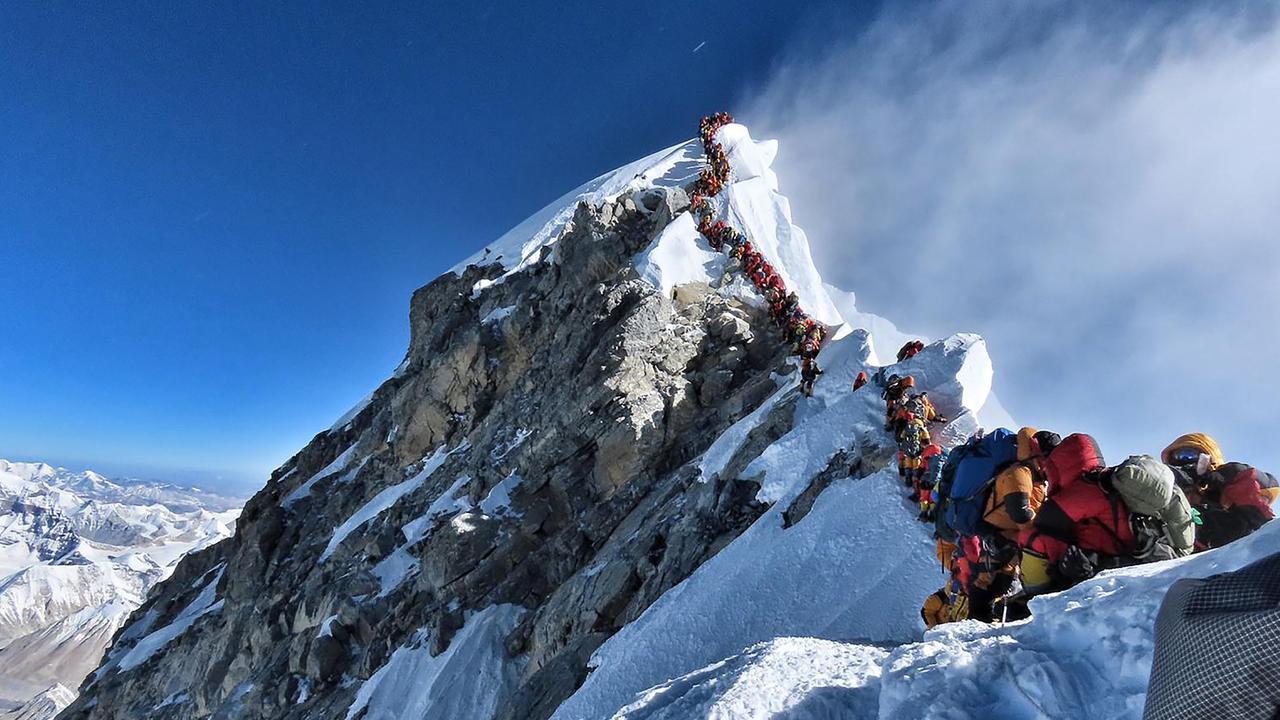
American lawyer Christopher John Kulish became the latest confirmed casualty after reaching the top of Everest on the Nepalese side of the mountain.
While descending from the summit, the 62-year-old safely reached the South Colonel (situated at an altitude of around 7900m) late Monday evening before he suddenly died, Meera Acharya, the director of Nepal’s Tourism Department told CNN.
In a statement, the family of the Colorado man said they were “heartbroken” at the news, but he died doing what he loved.
“Chris, who turned 62 in April, went up with a very small group in nearly ideal weather after the crowds of last week had cleared Everest,” it read.
“He saw his last sunrise from the highest peak on Earth. At that instant, he became a member of the ‘7 Summit Club’ having scaled the highest peak on each continent.”
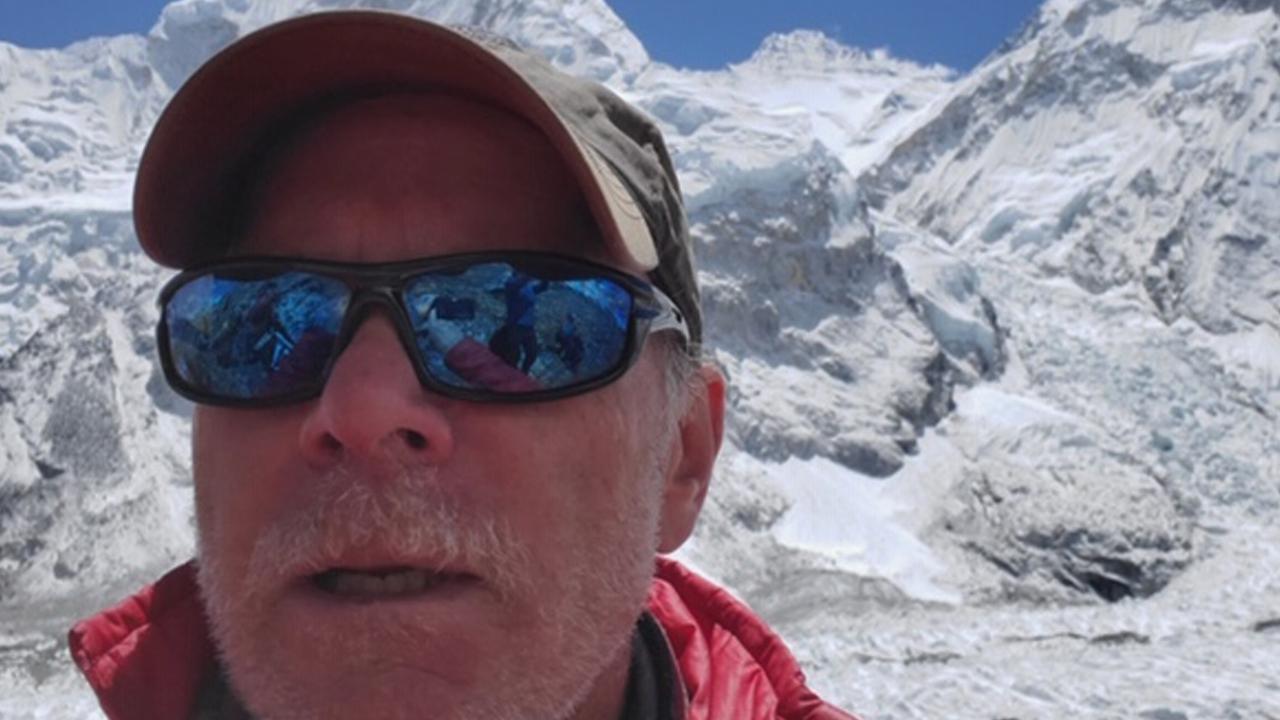
According to the New York Times, a record number of permits to climb Mount Everest have been issued by the Nepalese government this year, with many reportedly lacking the skills needed to summit the mountain safely.
The increased permits and clear weather ultimately caused a human traffic jam, with climbers forming a huge waiting line to reach the top on an icy, rocky ridge with a several-thousand-metre drop below.
One climber, who managed to reach the summit, said climbers’ puffer jackets were pressed against each other for hours on end as they waited in line to get to the top.
“It was scary,” Ed Dohring, a doctor from Arizona, told The New York Times. “It was like a zoo.”
Mr Dohring said he had to tread around a woman who had recently died in order to continue his progress to the summit.
‘HUMANS JUST AREN’T MEANT TO EXIST THERE’
Experienced climbers say the horror season, which has been one of the deadliest on record, isn’t because of chaotic weather conditions or avalanches.
Rather, the problem lies with the amount of people on the mountain — and the increasing number of climbers choosing to take a selfie rather than move aside so others can reach the top.
Simon Lowe, managing director of Jagged Globe, said each death this season should be “subject to an inquiry”.
“It is clear all is not well with Everest,” he told the New Zealand Herald.
“Under relatively benign conditions, dying near the summit ought to be the exception. These deaths should not be blithely accepted and dismissed as routine. Lessons should be learnt, regulations changed and, where appropriate, climbing companies, their leaders and guides held to account.”
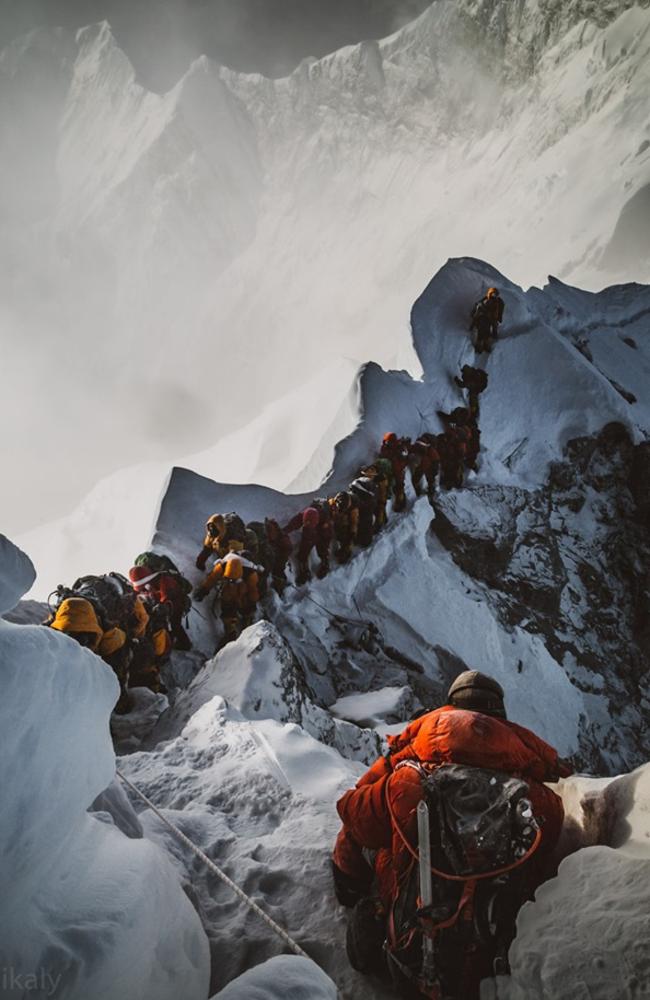
Mountain guide Adrian Ballinger said while many see Everest as the “ultimate challenge”, there has been a decline in experience on the mountain — with a growing number trying to reach the top without sufficient training.
“That lack of experience, both with the commercial operators and the climbers themselves, is causing these images we see where people make bad decisions, get themselves in trouble up high and end up having unnecessary fatalities,” Mr Ballinger told CNN.
Mr Ballinger said the climbers waiting in line to reach the summit were putting themselves at risk because, at above 8000 metres, “humans just really aren’t meant to exist there”.
“Even when using bottled oxygen, supplemental oxygen, there’s only a very few number of hours that we can actually survive up there before our bodies start to shut down,” he said.
“So that means if you get caught in a traffic jam above 26,000 feet … the consequences can be really severe.”
Ameesha Chauhan, a survivor of the Everest “traffic jam” who is in hospital recovering from frostbite after descending from the summit, said climbers without basic skills should be barred to prevent a recurrence of this year’s deadly season on the world’s highest peak.
The 29-year-old Indian had to wait 20 minutes to come down from the 8848-metre peak, but others were held up for hours.
“I saw some climbers without basic skills fully relying on their Sherpa guides,” she said in Kathmandu’s general hospital, all the toes on her left foot black and blue and her face weatherworn.
“The government should fix the qualification criteria … Only trained climbers should be granted the permit to climb Everest.”
Climber Elia Saikaly took to Facebook to vent about the “chaos” he’d experienced on Everest this season during his climb to the summit.
“Death. Carnage. Chaos. Line-ups. Dead bodies on the route and in tents at camp 4. People who I tried to turn back who ended up dying. People being dragged down. Walking over bodies,” he posted on social media.
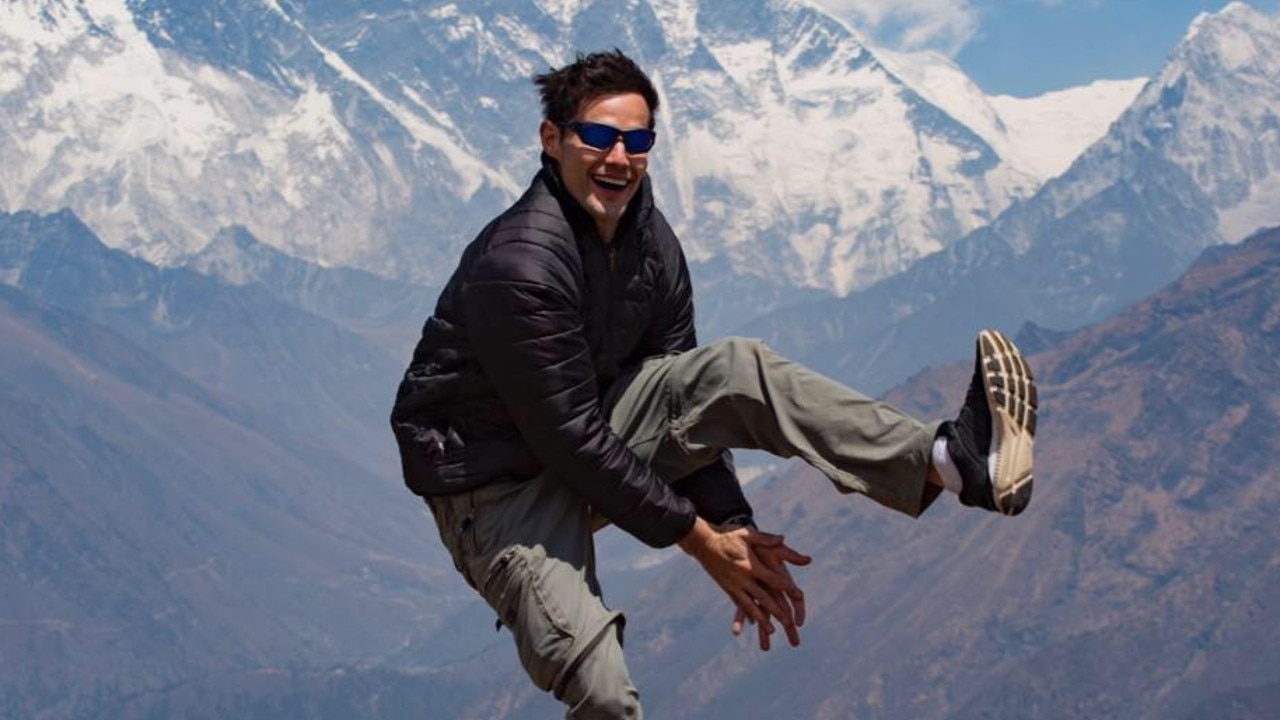
“Everything you read in the sensational headlines all played out on our summit night.”
He then described people stepping over a dead body.
“The early morning light had revealed the gateway to the summit of Everest and in parallel a human being who had lost his life. Here we all were, chasing a dream and beneath our very feet there was a lifeless soul. Is this what Everest has become?”
Paul Hart, a former royal marine and expedition leader, said the commercialisation of the mountain “threatens the very essence of what mountaineering is all about”, and while it is the challenge and accomplishment of a lifetime, “the queues on Everest work against this in every aspect”.
Mr Hart said the big problem posed to the Nepalese government was how to effectively mediate the amount of permits on the mountain without turning the climb into a financial bidding war.
“There are no easy answers,” he said. “Something needs to be done; not to stop the deaths, as that is a characteristic of operating in the mountains that will not disappear, but to prevent the mountains becoming just another polluted tourist destination that anyone with enough money can achieve.”
ONE OF MOUNT EVEREST’S DEADLIEST SEASONS
As well as Mr Kulish and Mr Fisher, an Austrian family confirmed the death of one of their relatives, Ernst Landgraf, on Thursday.
Irish climber Kevin Hynes, 56, died Friday morning on the Tibetan side of Everest in his tent, while Indian climber Anjali Kulkarni, 55, and American climber Donald Lynn Cash, 55 died on Wednesday.
Kalpana Das and Nihal Bagwan, both from India, also died on Everest this week on their return from the summit.
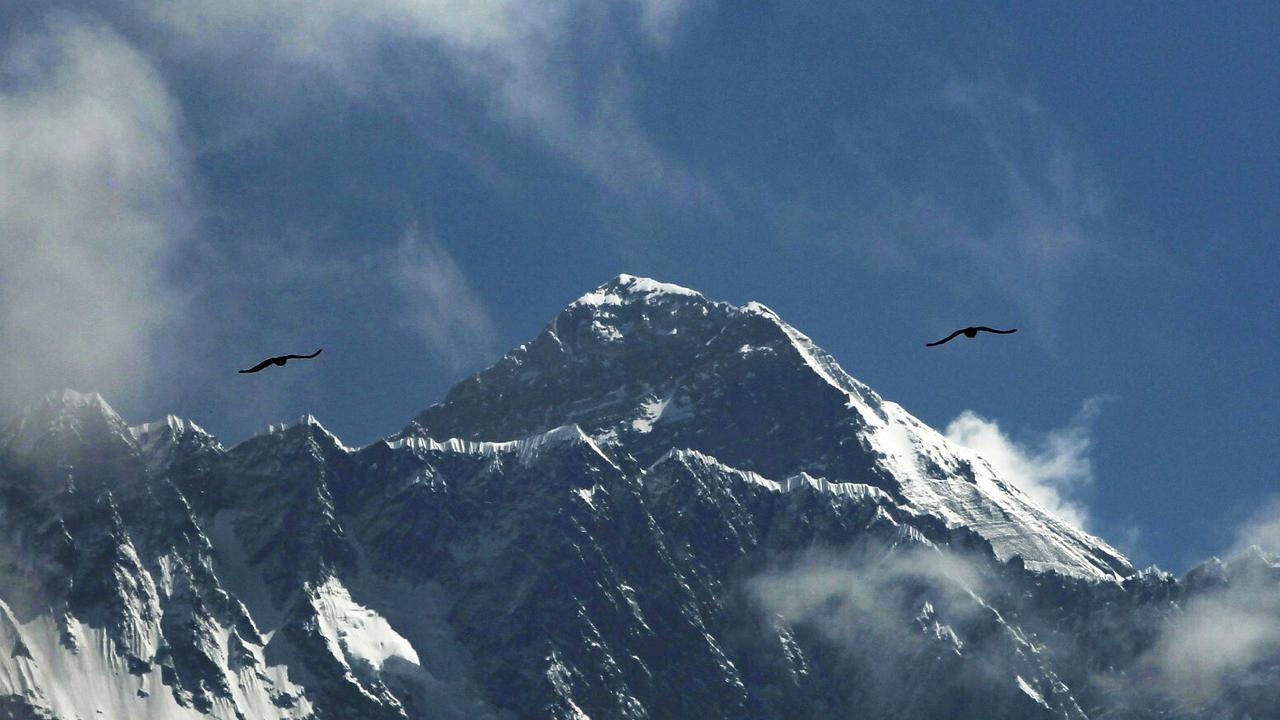
The agency that worked with Mr Bagwan said the 27-year-old “died of dehydration, exhaustion and tiredness after being caught in the jam of climbers”.
Ravi, a 28-year-old Indian climber who goes by one name, died the previous week on May 17.
Last week, a search for Irish climber Seamus Lawless, 39, was called off after the Trinity College Dublin professor fell while descending from the peak, according to the Press Association. Lawless is missing, presumed dead.
An Australian climber was rescued by Tibetan alpine specialists after being found unconscious on Mount Everest on Wednesday.
The China Daily reports the stranded Australian was experiencing critical health problems at an altitude of 7500 metres when he was discovered by a four-person mountaineering crew returning from repair work.

The Australian (who has not been named) was found in a state of physical exhaustion, the report said. The team assisted the climber’s descent to a base camp, along with 10 locals and a riding yak sent up to help.
He was taken to a hospital in Nepal where his condition improved.
Nepal issued a record 381 Everest permits this season. Many of the climbers are not properly trained, take poor decisions and “put their own life at risk and also the Sherpa guides”.
This year’s Everest toll is the highest since 2014-15 when huge earthquakes triggered devastating avalanches.
The total number of climbers and trekkers for the whole of Nepal is just over 100,000 a year, however not all go to Everest, let alone try to climb it.


